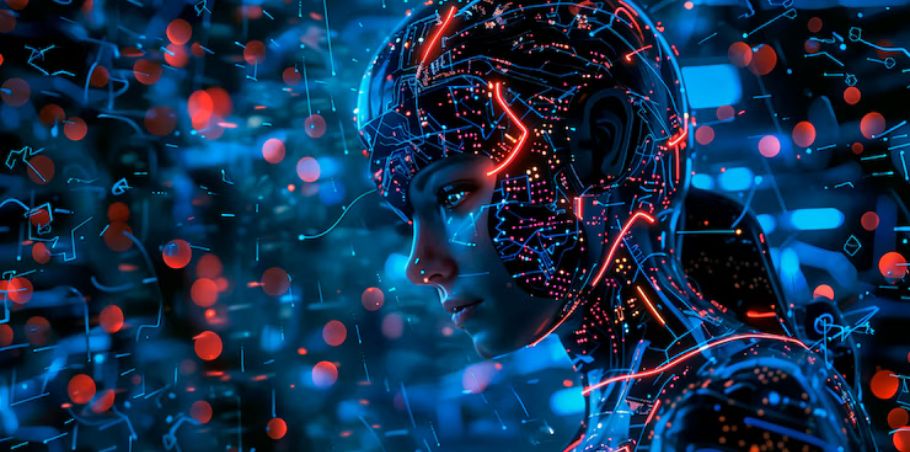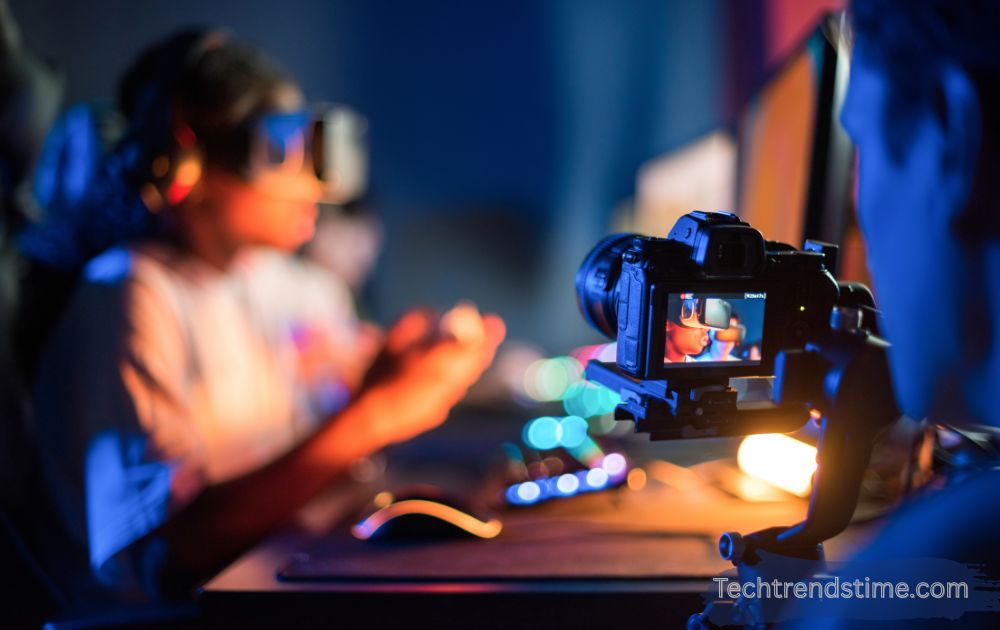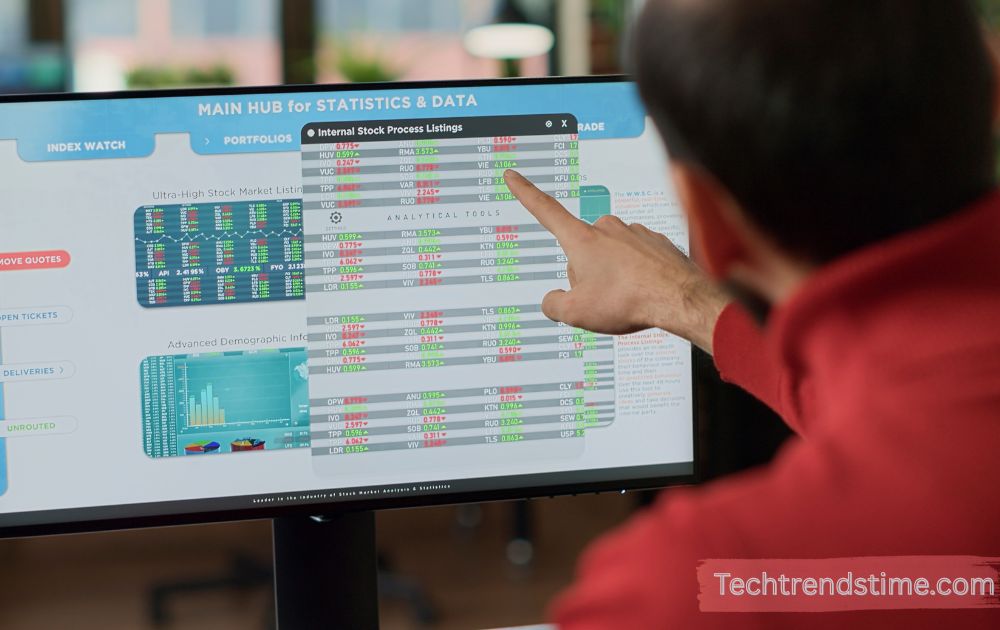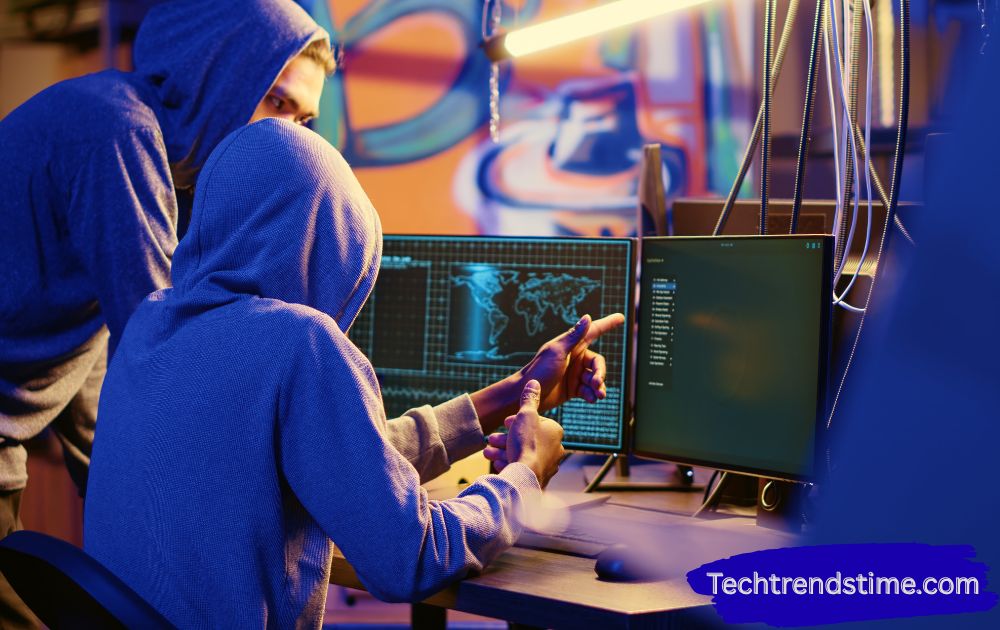Artificial Artificial Intelligence (AAI) might sound like a confusing tech term, but it’s actually a cleverly coined phrase to describe systems that pretend to be powered by machines but are, in fact, run by humans. The phrase was popularized by Amazon’s Mechanical Turk, where human workers perform tasks that computers still struggle with. Essentially, it’s human intelligence masquerading as artificial intelligence. While AI continues to evolve, there’s still a massive gap between what machines can do and what we expect them to do. To fill that gap, businesses often rely on real people performing small, repetitive tasks behind the scenes giving the illusion of AI-driven automation.
The Origins of the Term
The term “Artificial Artificial Intelligence” was first introduced by Amazon to describe how their Mechanical Turk platform operates. On this platform, companies submit microtasks simple tasks that require human judgment to a vast pool of global workers. These tasks are labeled as if they’re completed by AI algorithms, when in reality, they’re handled by actual people. The phrase is a tongue-in-cheek reflection of this paradox: we’re using humans to do the job we wish AI could already do. It brings to light the performative aspect of AI, where what’s marketed as machine-powered is often powered by inexpensive human labor.
How It Differs From Traditional AI
Traditional AI relies on algorithms, data models, and deep learning techniques to mimic human intelligence. These systems are designed to process information, learn from it, and make decisions with minimal human intervention. Artificial Artificial Intelligence, on the other hand, relies heavily on humans. While it may be presented as an intelligent system, there is often no real automation involved. It’s more like a behind-the-scenes play where human workers are the real actors, but the audience thinks it’s a machine running the show. The key difference lies in who’s doing the thinking humans or code.
Why Artificial Artificial Intelligence Exists
Despite the progress of AI, there are still many tasks that computers struggle with things like understanding sarcasm, recognizing images accurately, or handling complex social situations. These areas require human nuance, judgment, and emotional intelligence. AAI serves as a workaround to these limitations. It allows companies to offer “intelligent” services without waiting for true AI to catch up. It’s a kind of technological bandage effective for now, but not a long-term solution. Until AI is genuinely capable of replicating all aspects of human cognition, artificial artificial intelligence will continue to fill the void.
Read Also: Killahejlaszo: A Deep Dive into the Evolution of Intelligent Innovation
Real-World Examples of AAI in Action
One of the most well-known platforms utilizing AAI is Amazon Mechanical Turk. Here, businesses post thousands of microtasks such as labeling images, identifying objects, or verifying data entries. These tasks help train machine learning models and are essential for building AI systems. Another common example is CAPTCHA challenges the ones that ask you to identify stop signs or crosswalks. These tests are not only used to verify that you’re human, but also to train AI systems like those used in self-driving cars. Similarly, content moderation on social media platforms often relies on human workers who screen posts for inappropriate material, even though it’s advertised as AI moderation.
How Businesses Leverage AAI
Companies use AAI to quickly scale operations without investing heavily in advanced machine learning infrastructure. It allows for cost-effective solutions when AI can’t yet deliver accurate results. For instance, startups can use AAI to provide 24/7 customer support by routing messages through human agents who pose as chatbots. Businesses can also crowdsource product categorization or sentiment analysis, giving the impression that it’s all done by AI. This illusion is a strategic move — it attracts customers seeking cutting-edge solutions, while keeping operational costs low. AAI helps companies stay competitive in tech-driven industries without having to build actual AI from scratch.
The Ethical Dilemma
While AAI offers benefits in speed and scalability, it raises serious ethical concerns. Many workers on platforms like Mechanical Turk are paid significantly below minimum wage. They have no job security, benefits, or protections, and often work long hours on mentally exhausting tasks. There’s also the issue of transparency. Most users interacting with AAI systems have no idea that they’re talking to or relying on a human behind the scenes. This lack of disclosure erodes trust and misleads consumers. Ethical AI development demands honesty businesses should clearly state when human labor is involved and ensure fair compensation for those workers.
Psychological and Social Impact on Workers
AAI also has a human cost. The people doing this behind-the-scenes work often face high levels of stress and burnout. Content moderators, for example, are exposed to graphic or disturbing material daily, which can lead to emotional trauma. Many workers operate in isolation, under tight deadlines, and with minimal support. They’re invisible to end-users and often undervalued by the companies that rely on them. As AAI continues to grow, the industry must address these mental health challenges. Providing access to counseling, setting work-hour limits, and recognizing the value of human contributions are crucial steps toward more ethical use of AAI.
The Illusion of Intelligence
One of the more interesting aspects of AAI is the illusion it creates. When users believe they’re interacting with a smart AI system, they’re less likely to question the results. This false sense of automation can lead to overtrust in systems that are still heavily dependent on humans. For example, a “smart” chatbot may give you answers that sound automated, but it’s actually a person typing on the other side. If users knew this, their experience and perception would change. The problem is not that AAI exists, but that it often operates under the guise of real AI misleading users in the process.
The Transition to True AI
As machine learning technology advances, the hope is that AAI will become less necessary. True AI systems are being developed that can learn from fewer examples, understand complex language, and make nuanced decisions. However, we’re still far from achieving full general AI a system with broad, adaptable intelligence like a human’s. Until then, artificial artificial intelligence will remain a bridge between our ambitions and our current capabilities. Businesses should prepare for this transition by gradually reducing reliance on human-powered AI and investing in ethical, sustainable AI training methods.
How to Recognize AAI Systems
Identifying whether you’re interacting with an AAI system can be tricky. However, there are some signs to look out for. If a chatbot takes longer than expected to reply, it might be a human behind it. If the responses are highly polished but seem overly generic, that’s another hint. In some cases, user reviews or transparency statements in the terms and conditions will reveal the presence of human intervention. Tech-savvy users can also look for open-source audits or third-party reviews that indicate whether the system uses human labor. The more informed consumers are, the less likely they are to be deceived.
Is There a Future for AAI?
Artificial Artificial Intelligence will likely remain a part of the tech ecosystem for years to come. As long as machines have limitations, there will be a need for human assistance especially in areas like ethics, creativity, and emotional intelligence. The key to its future lies in how it evolves. If businesses continue to hide the human element, AAI may face backlash and regulatory scrutiny. On the other hand, if companies embrace transparency and fairness, it can coexist with true AI systems in a complementary way. AAI isn’t going away it’s just waiting for AI to grow up.
FAQs About artificial artificial intelligence
What is artificial artificial intelligence in everyday language?
It means humans doing tasks that are presented as AI-powered, like data tagging or chatbot support.
Why would a company use AAI instead of real AI?
Because it’s cheaper, quicker to implement, and effective when true AI can’t handle the complexity.
Is artificial artificial intelligence deceptive?
It can be if businesses don’t disclose that humans are involved in what appears to be AI automation.
How are workers affected by AAI systems?
Many face low wages, poor working conditions, and psychological strain, especially in content moderation roles.
Will AAI still be around in the next decade?
Likely yes, but its role will change as true AI systems improve and ethical standards tighten.
Final Thoughts
Artificial Artificial Intelligence is a revealing look into the current state of technology. It shows us where machines fall short and how humans are still essential to the equation. While marketed as futuristic and self-sufficient, many “AI” systems rely on thousands of people quietly working behind the curtain. This isn’t necessarily bad it’s just something that needs to be acknowledged. As we move toward more advanced forms of AI, the conversation must shift toward ethical labor practices, transparency, and respect for the people who make these systems possible. After all, artificial intelligence or not always has a source.
Latest Post!
- BinusCX: Enhancing Customer Experience in the Digital Era
- The Power of Video&A Complete Guide to Boosting Engagement
- Antarvwsna: A Deeper Look Into Inner Desires and Human Emotions
- Classroomus: The Future of Smart Learning Spaces
- Schedow: Exploring Its Meaning, Uses, and Influence
- Soutaipasu: Meaning, Origins, and Modern-Day Significance















